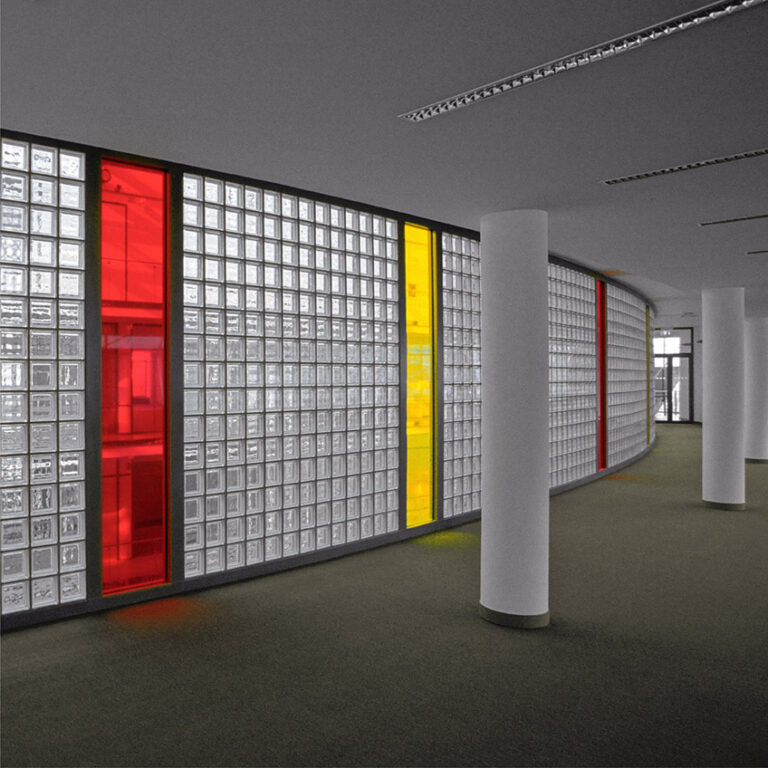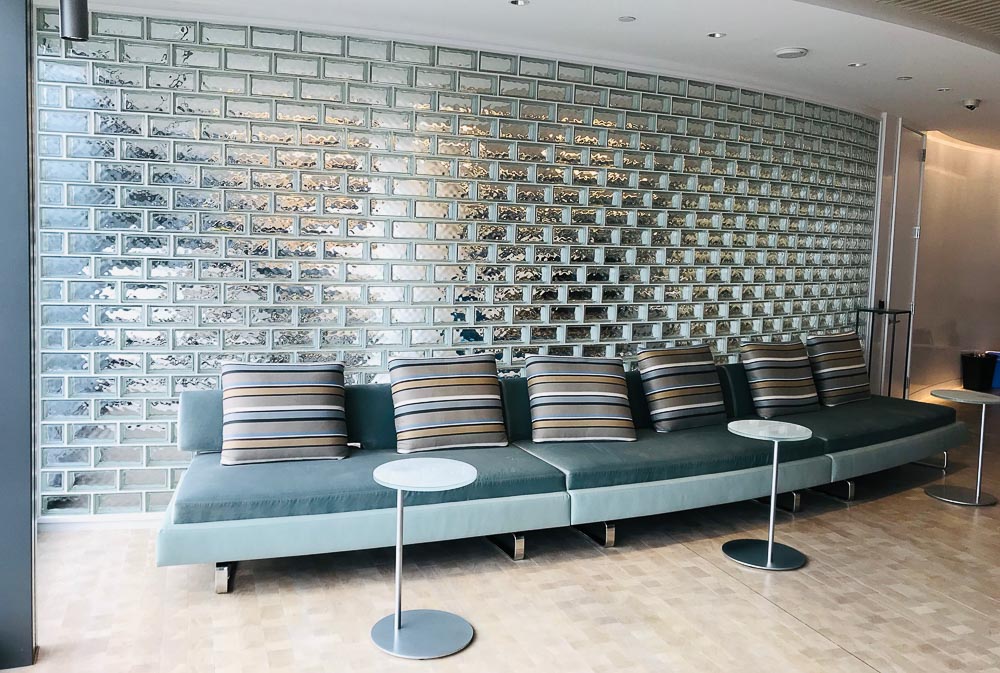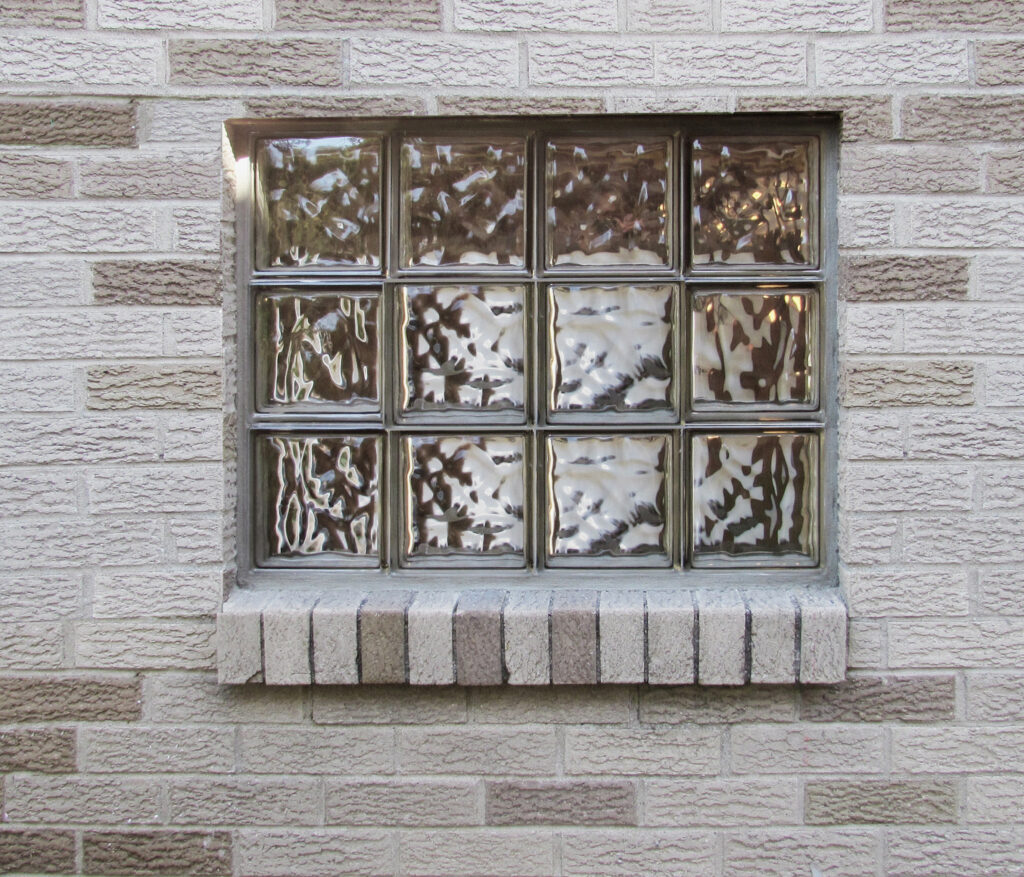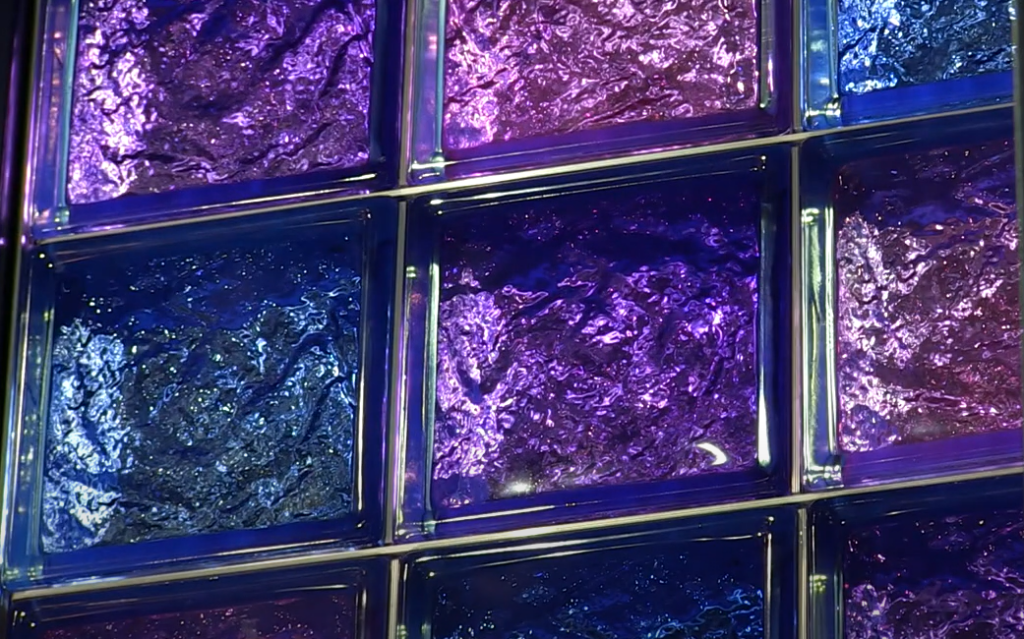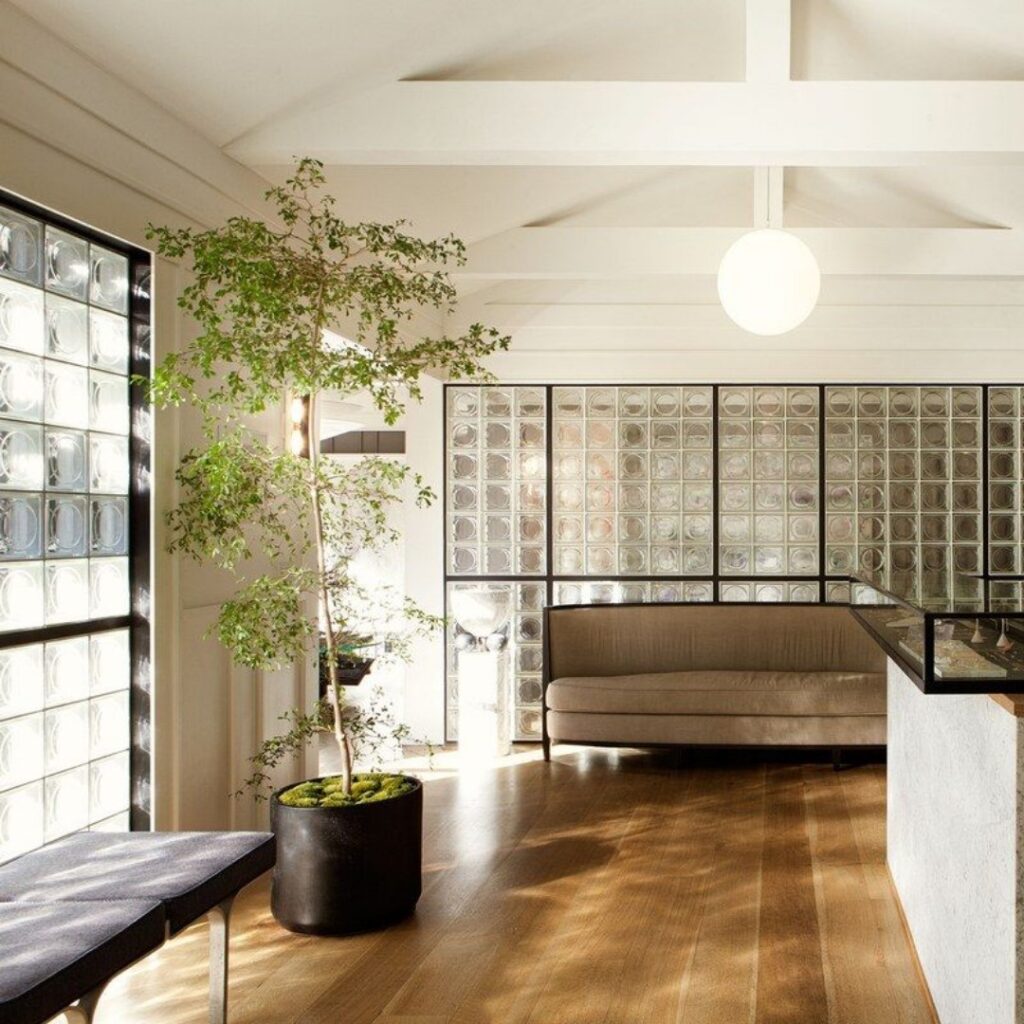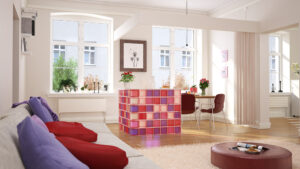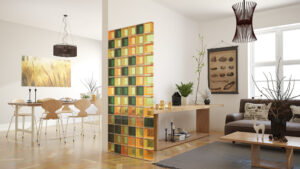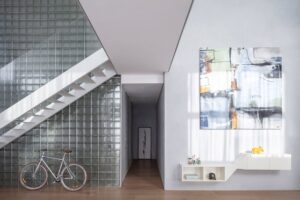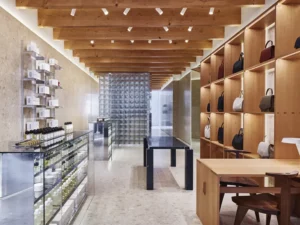How to Specify: Glass Block
Published by: Architizer.com | Aug. 28, 2017
Stop. Stop it right there. I know what you’re thinking. Glass block? Your eyes rolling, What is this, Miami in the ’80s?
Yeah, OK, so glass block comes with some aesthetic baggage, but there are a lot of contemporary designs that take the material’s storied legacy into the 21st century. If you’re considering using it, look to this article and the rest of the week’s glass block features to give you a sense of what’s possible and how to make the most of it.
Glass block’s history goes back to the beginning of modern architecture. Left: 1914 Glass Pavilion of the Werkbund Exhibition in Cologne by Bruno Taut, via Wikipedia; middle: the 1929 Immeuble Clarté in Geneva by Le Corbusier, via TRACÉ; right: the 1932 House of Glass in Paris by Chareau and Bijvoet, image by François Halard
Contemporary masters have also embraced glass block. Left: Academy of Arts by Wiel Arets built in 1993; middle: the 2001 Maison Hermès in Tokyo by Renzo Piano Building Workshop, via Wikipedia; right: Deusto Library in Bilbao by Rafael Moneo built in 2008
The traditional glass block is not a solid block of glass, but is actually a square block with two glass faces and a mostly hollow interior. Those glass faces can be textured, patterned, frosted, colored or clear. Colored materials can also be added to the middle of the block to create more visual effects. Non-square models are available, too; rectangular blocks can be stacked like bricks, circular blocks can be embedded in a floor or ceiling and trapezoidal units create a shingle-like effect when stacked.
Optical Glass House by Hiroshi Nakamura & NAP uses glass brick with an unconventional structural system; via Inhabitat.
One of the most exciting developments in the area is the advent of the glass brick. Unlike the traditional hollow block, bricks are solid glass, usually in the shape of conventional terra-cotta bricks. The glass bricks are significantly more expensive than glass blocks, but they offer much more clarity and have a pretty dazzling effect.
Blocks can also be used to create floors and ceilings, and new models in development offer the promise of glass-block roofs. Embedded solar panels in blocks mean they can potentially be used as a power source.
Details via Seves Glass Block
If you’re thinking about designing with glass blocks, there are a few basics to be aware of. First, block walls are not to be used as structural walls. Glass-block walls are either curtain wall façades or interior partitions. They can self-support up to conventional floor-to-ceiling heights. The exact limits depend on the model. Larger-scale walls typically have some kind of external support like clips or embedded poles.
Glass-block walls can be relatively easily cleaned and are impact-resistant compared to basic stick-frame construction. Certain models are also made with a high insulating value, and with a range of opacities available, glass block walls can be a cost-effective way to bring in daylight. Although the blocks themselves aren’t operable, conventional windows can easily be embedded in block walls.
Block walls can turn corners either through special units or corner pieces, but they can also create round corners by using tapered joints in between blocks. All in all, the future through glass block looks, well, not bright exactly, but it has a pleasing sort of diffuse glow. Very nice.
Common Dimensions
There is a wide variety of sizes available from various manufacturers, but below are some standards.
- 4 ½” by 4 ½”, 115 by 115 millimeters
- 5 ¾” by 5 ¾” (nominal 6″ by 6″)
- 7 ½” by 7 ½”, 190 by 190 millimeters
- 7 ¾” by 7 ¾” (nominal 8″ by 8″)
- 9 ½” by 9 ½”, 240 by 240 millimeters
- 11 ¾” by 11 ¾” (nominal 12″ by 12″), 300 by 300 millimeters
- 3 ¾” by 7 ¾” (nominal 4″ by 8″)
- 5 ¾” by 7 ¾” (nominal 6″ by 8″)
- 9 ½” by 4 ½”, 240 by 115 millimeters
Thickness: 3″ to 4″, 80 to 100 millimeters
Glass Brick Dimensions: Bricks are common in two sizes.
- 9″ by 4.5″ by 2″
- 4.5″ by 4.5″ by 2″
Aesthetics
Texture
Textures on blocks do more than just add an attractive surface finish. They also distort whatever light comes through the block, adding shadow patterns and visual effects.
- 3-D: Some blocks have a bubbly relief, while others have pyramids sticking out of them.
- Wavy: This kind of block is the standard image of ’80s interior block. It distorts whatever is seen through it, but some modern updates on this idea give a more contemporary look.
- Patterned: There are a range of grids and visual distortions available.
- Metallized: Metallized blocks have a glossy or reflective finish.
- Blasted: Blocks can also have a translucent matte finish reminiscent of a sand-blasted surface.
Color
Seves, the world’s dominant glass block manufacturer, offers a range of colors and a range of ways that colors are added to the blocks:
- Colored Glass Block: The glass, itself, is colored.
- Injected Color: Color is injected into the hollow block to achieve required color/tint.
- Colored Edge Coating: Color is applied to the edge of the block, creating a ‘colored framing’ and transfer of color through the block.
- Metallized: A reflective coating is applied to the block edge on both clear and colored block, creating a more brilliant and reflective appearance.
Opacity
There is a range of different opacities available from nearly transparent to highly tinted and textured.

Glass Block Warehouse
One Stop Shop for Glass Block.

